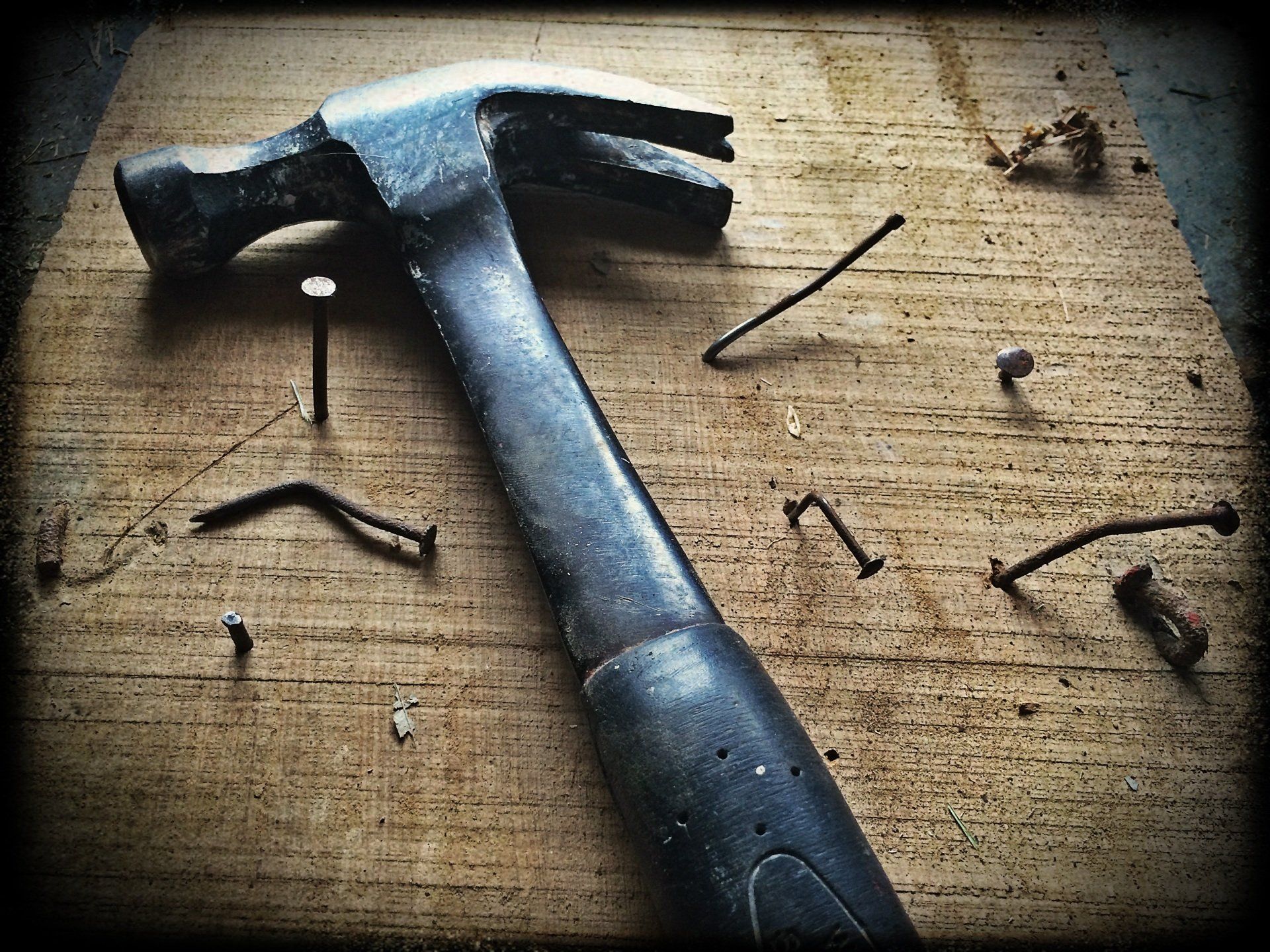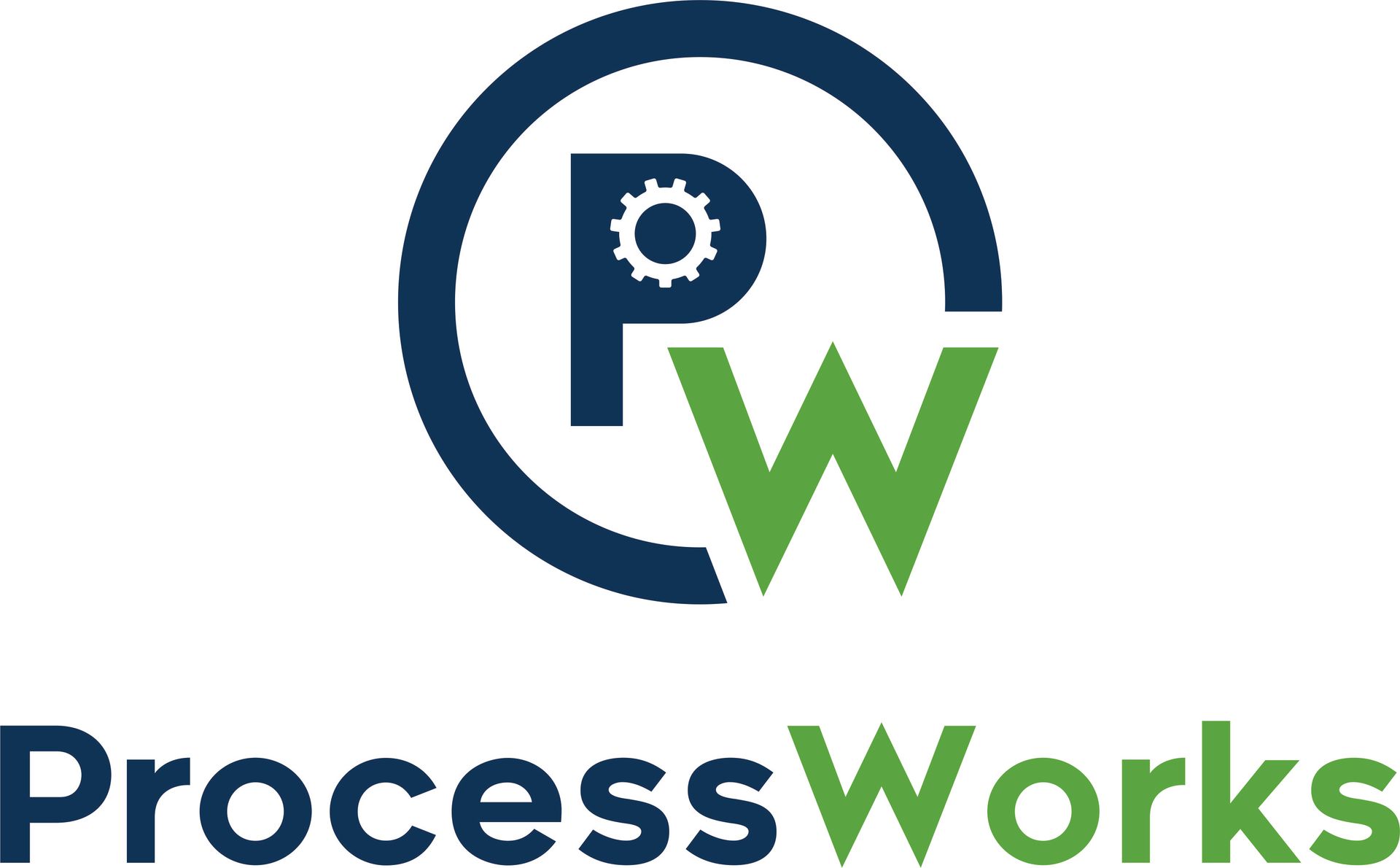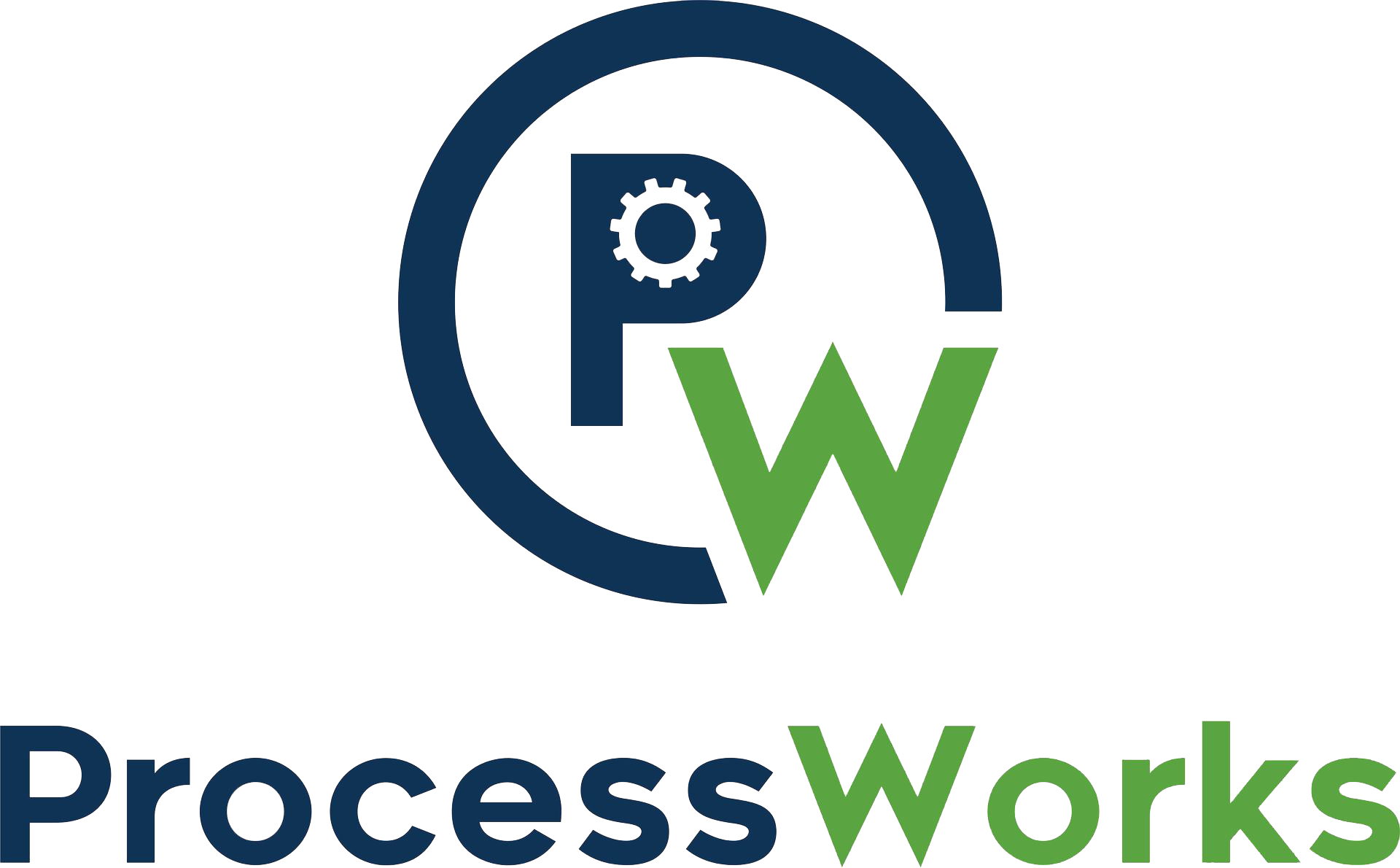Process Breakdown: It's Not That Anyone is Doing it Wrong...

For many organizations, day-to-day operations depend on processes that have evolved over time; often informally and without proper documentation. While things may appear to be running smoothly on the surface, a lack of clear, written processes can lead to a surprising amount of inefficiency and inconsistency.
Without documentation, employees tend to rely on personal experience, memory, or guidance from peers to carry out tasks. Over time, this creates variations in how work gets done. It isn't that anyone is doing the process wrong, they're just all doing it differently. These variations can lead to misunderstandings, rework, delays, and ultimately, a dip in the quality of the final output.
Imagine five employees completing the same task five different ways. Each method might be “good enough,” but this kind of inconsistency can confuse team members, create training headaches for new hires, and make it nearly impossible to track or improve performance over time. It can also frustrate customers or clients when the outcomes they receive vary depending on who completed the work.
The solution is surprisingly straightforward: agree on one right way to do each process and document it clearly. By taking the time to define and align the team on the best method for completing a task, departments can eliminate the guesswork and standardize their efforts.
When everyone is following the same documented process, confusion drops significantly. Employees no longer waste time figuring out how something should be done or worrying about second-guessing their efforts. They also know exactly where to look for guidance if they get stuck. This clarity boosts confidence, speeds up onboarding for new staff, and ensures consistency across the board.
Standardizing processes also streamlines work. With fewer variations and less improvisation, tasks are completed more efficiently. Teams can identify bottlenecks and eliminate unnecessary steps because they’re working from a shared blueprint. This makes it easier to introduce automation, delegate tasks, and optimize workflows for better results.
Perhaps most importantly, following one agreed-upon process improves the quality of the work. When everyone is aligned on best practices, there's a higher chance that the work will meet expectations every time. Quality becomes predictable, not accidental. This is especially important in client-facing roles or industries where precision, compliance, and consistency are critical.
Of course, agreeing on the "one right way" doesn’t mean the process is set in stone forever. It should evolve as the business grows, technologies change, or better methods emerge. But having a documented starting point makes it easier to update, share, and reinforce those improvements across the team.
Standardizing processes is not about control; it’s about clarity. Better process empowers teams to work smarter, not harder, and creates a strong foundation for continuous improvement. Once clear expectations are set for everyone involved in the process, friction is reduced and progress can continue to build over time.
Share This Post











